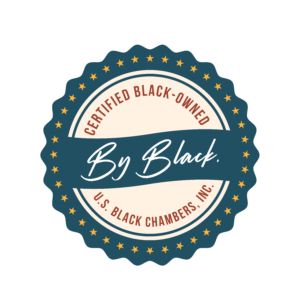When social justice movements succeed, the only diversity that will matter in organizations around the globe will be the diversity of types. It may take 40 years or more, but you can leverage the beauty of that diversity today.
While current views of diversity often focus on the external ways in which we differ – age, gender, race, ethnicity – for example, diversity of types focuses on internal differences: the unique and surprisingly constant ways in which we experience, perceive, interpret, and interact with the everchanging world around us. These differences are difficult to identify; even once perceived, organizations struggle to find concrete ways in which to leverage the diversity of types.
As we live in an increasingly complex world, leveraging diversity in problem-solving becomes paramount. The first organizations were developed to solve tame problems. Tame problems can be easily solved individually and in a sequential manner. For example, the creation of assembly lines was a straightforward and systematic solution that enabled the mass production of goods needed in an industrialized society.
Today, organizations face wicked problems. These problems are often so complex that efforts to solve one aspect often create more problems, which can spiral out of control in unforeseen ways. Working in silos independently or homogeneously in teams can often multiply the problem.
So how do you know if your team is leveraging the diversity of types? Here are five tips to get you started.
- Assess your team. There are several types of assessments to explore. Type differences should be based on evidence, not assumptions. Assess your team, but also engage them in a session to validate the assessment results.
- Experiment with problem-solving. Routinely bring problems to the team and observe, take notes on how they solve them.
- Observe the types of questions team members ask.Different types usually focus on different questions. Some team members will focus on who, what, where, when, why, or how? Individuals who focus on the first four questions may be more process-oriented. Individuals who focus on the last two may be more in tune with process improvements.
- Facilitate communication.One of the most challenging barriers to communicating across the diversity of types is miscommunication. We expect individuals to think the way we do. When they do not, conflicts arise. Be prepared to facilitate communication that bridges differences and breaks down walls.
- Reward collaboration. The result of creating a healthy team where individuals feel valued for the unique differences they bring to the table is cross-pollination. You will find that team members who feel valued actively seek out individuals who bring different strengths to the table and collaborate with them to improve their performance. When this synergy occurs, recognize, celebrate, and reward it.
If you would like to learn more about concrete ways in which you can leverage the diversity of type in your team, follow me on Linkedin.




